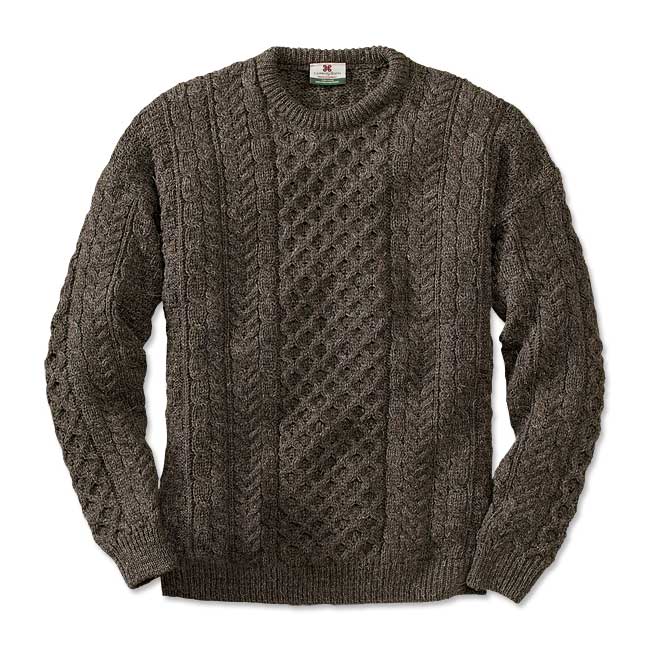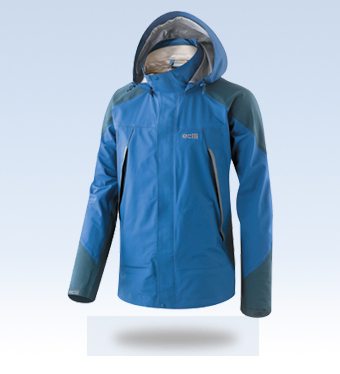Natural Versus Synthetic Textiles: Which Is Better?
In the world of fibers, textiles, and garments, the age-old battle is natural versus synthetic. Natural fibers—which are harvested from living organisms including plants, mammal hair, bird feathers, and bugs—are the original material, and have come to represent authenticity, comfort, and luxury. Synthetic fibers, on the other hand—which are usually made of petroleum products—are seen as the cheaper, more versatile and pragmatic alternative. But when it comes to the real, scientific differences between the two, you will see they both offer advantages in unexpected ways.
Comfort
 Traditionally, natural fibers such as wool, cotton, and silk are seen as the most comfortable and warm materials to use for textiles and garments. Artificial or synthetic fibers like acrylic, nylon, and rayon (which is artificial silk) are thought to be rougher, less breathable, and more irritating than their natural counterparts. Why is this?
Traditionally, natural fibers such as wool, cotton, and silk are seen as the most comfortable and warm materials to use for textiles and garments. Artificial or synthetic fibers like acrylic, nylon, and rayon (which is artificial silk) are thought to be rougher, less breathable, and more irritating than their natural counterparts. Why is this?
While there are certainly inherent properties that make the different kinds of fibers feel different, most of the difference has to do with the way the products and fibers themselves are produced. Because natural fibers are typically more expensive and labor intensive to produce, more care it put into the textiles they are produced in order to justify a higher price tag. However, low-grade natural fibers can also contain impurities like dust that add a roughness to the material. Synthetic fibers, on the other hand, can be produced easily with a guarantee of complete purity. In the case of synthetic materials like micro-fiber, we can see that high-quality garments produced with synthetic fibers are capable of being just as luxurious and smooth as their natural counterparts.
Versatility
Because they are borrowed from nature, rather than invented from scratch, there is a limit to the kinds of properties that natural  fibers can provide. Thing like tensile strength, heat-resistance, and insulating properties are inherent to the fibers that we get from sheep, spiders, silkworms, and plants. This, of course is part of the appeal of natural fibers—they each have their unique qualities that suit particular garments and styles.
fibers can provide. Thing like tensile strength, heat-resistance, and insulating properties are inherent to the fibers that we get from sheep, spiders, silkworms, and plants. This, of course is part of the appeal of natural fibers—they each have their unique qualities that suit particular garments and styles.
Synthetic fibers lack this singular essence. Since they are created in a lab, synthetic fibers are developed to suit whatever product they are made for. In luxury garments, synthetic fibers can be produced to be extraordinarily soft with a gentle give to them, seen in the case of materials like spandex. When they are used for ropes, for instance, synthetic fibers can be developed to have great tensile strength and resilience. In fact, synthetic fibers are often developed to emulate the most desirable properties of natural fibers—such as QMONOS, a synthetic clone of spider silk that is stronger than steel!
Environmental Impact
Natural fibers, if only by virtue of their name, are generally associated with better industrial practices, hearkening a pastoral time before waste and chemicals began to ravage the environment. Synthetic fibers, on the other hand, which are basically petroleum-based, are associated with the oil industry, which industry has arguably the greatest carbon footprint in the world. So it’s easy to assume that synthetic fibers would be the bad guy here, and that natural fibers are more sustainably and ethically produced.
However, research into the respective carbon footprints of each fiber reveals that this is not exactly the case. Recently, the outdoor apparel company Patagonia launched a “footprint assessment” of the fibers it uses, with the assumption that the synthetics would be overwhelmingly worse for the environment. According to Rick Ridgeway, vice president of environmental initiatives at Patagonia, “[t]he biggest footprint and impact of all was traditionally grown cotton and its use of pesticides and insecticides.”
The Verdict
 In the end, it turns out that a lot of the negative stereotypes about synthetic fibers are not strictly accurate. In fact, synthetic fibers offer a lot of advantages over natural fibers in a variety of applications. So which is better? The truth is that neither can or will ever replace each other in the world of textiles. As long as people enjoy iconic garments made from natural fibers like denim jeans and silk scarves, the natural fiber industry will always have a place in culture. But don’t be afraid to buy that polypropylene jacket just because it’s cheaper—it was probably designed to be warmer and more eco-friendly to boot!
In the end, it turns out that a lot of the negative stereotypes about synthetic fibers are not strictly accurate. In fact, synthetic fibers offer a lot of advantages over natural fibers in a variety of applications. So which is better? The truth is that neither can or will ever replace each other in the world of textiles. As long as people enjoy iconic garments made from natural fibers like denim jeans and silk scarves, the natural fiber industry will always have a place in culture. But don’t be afraid to buy that polypropylene jacket just because it’s cheaper—it was probably designed to be warmer and more eco-friendly to boot!
Cheers,
